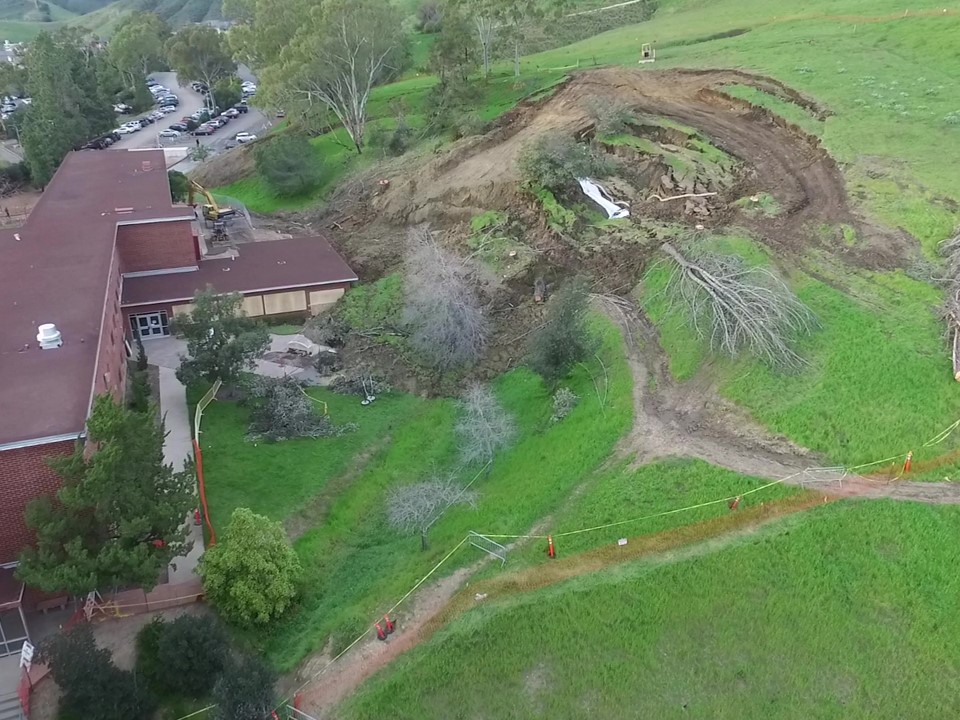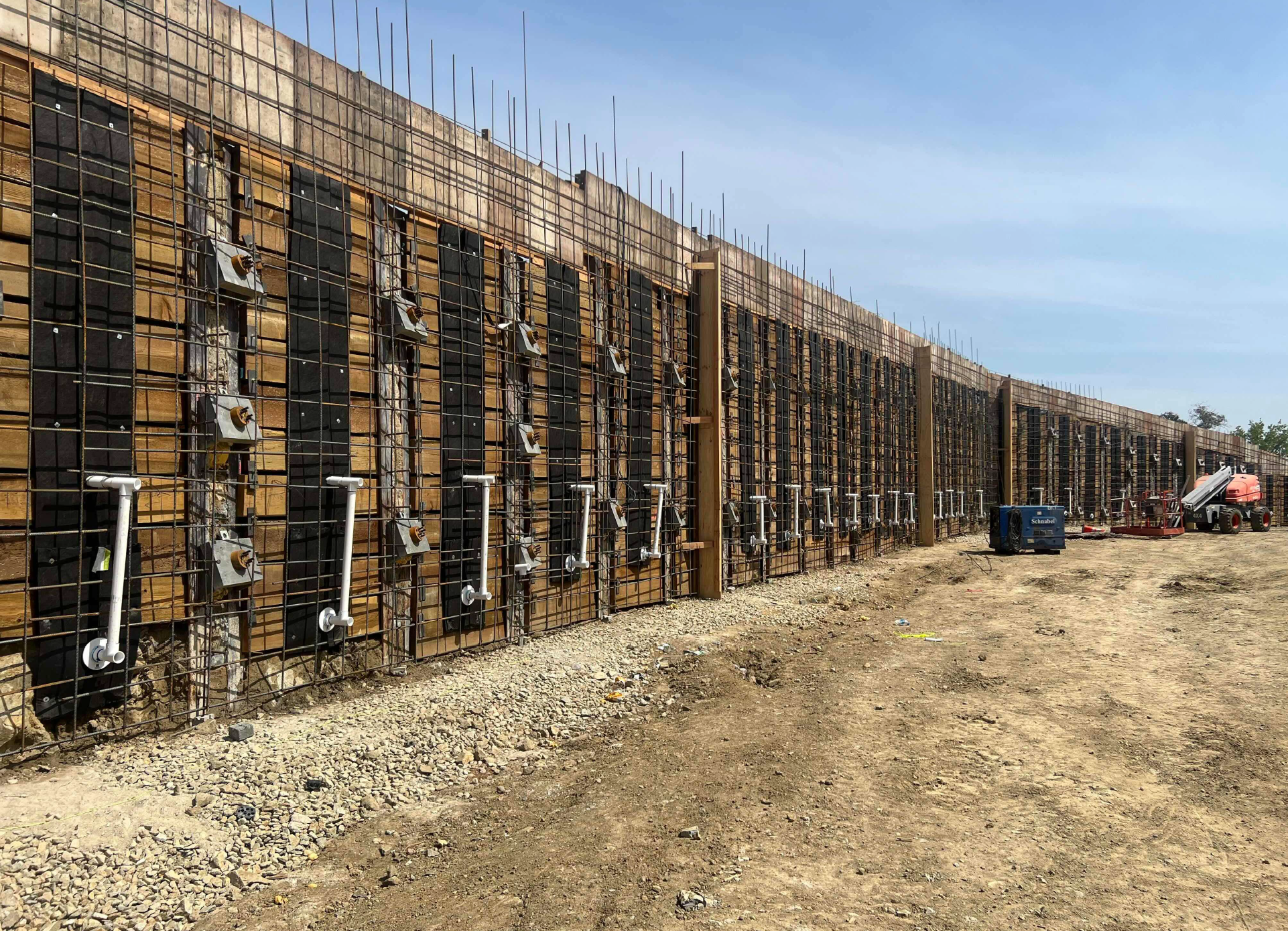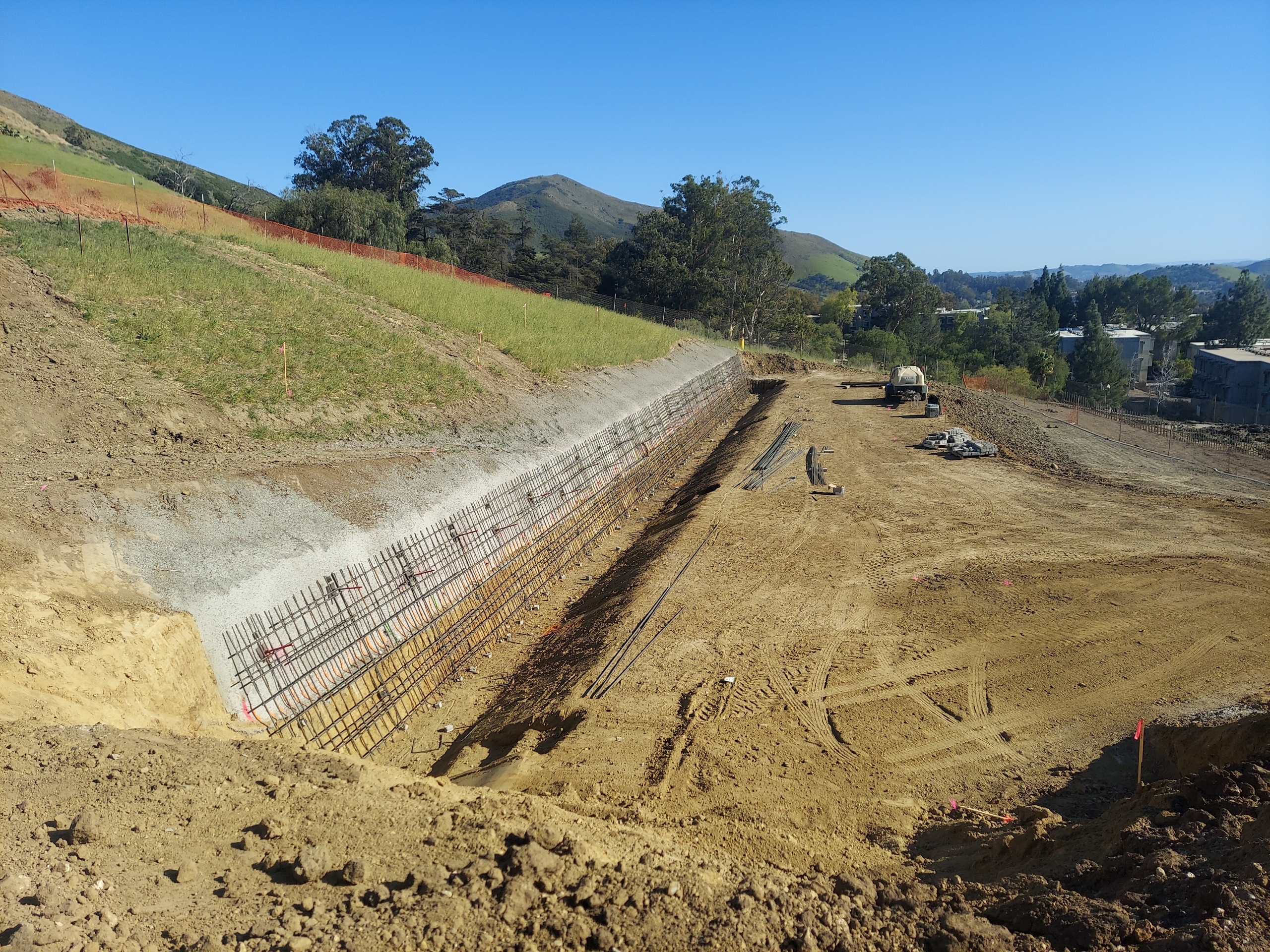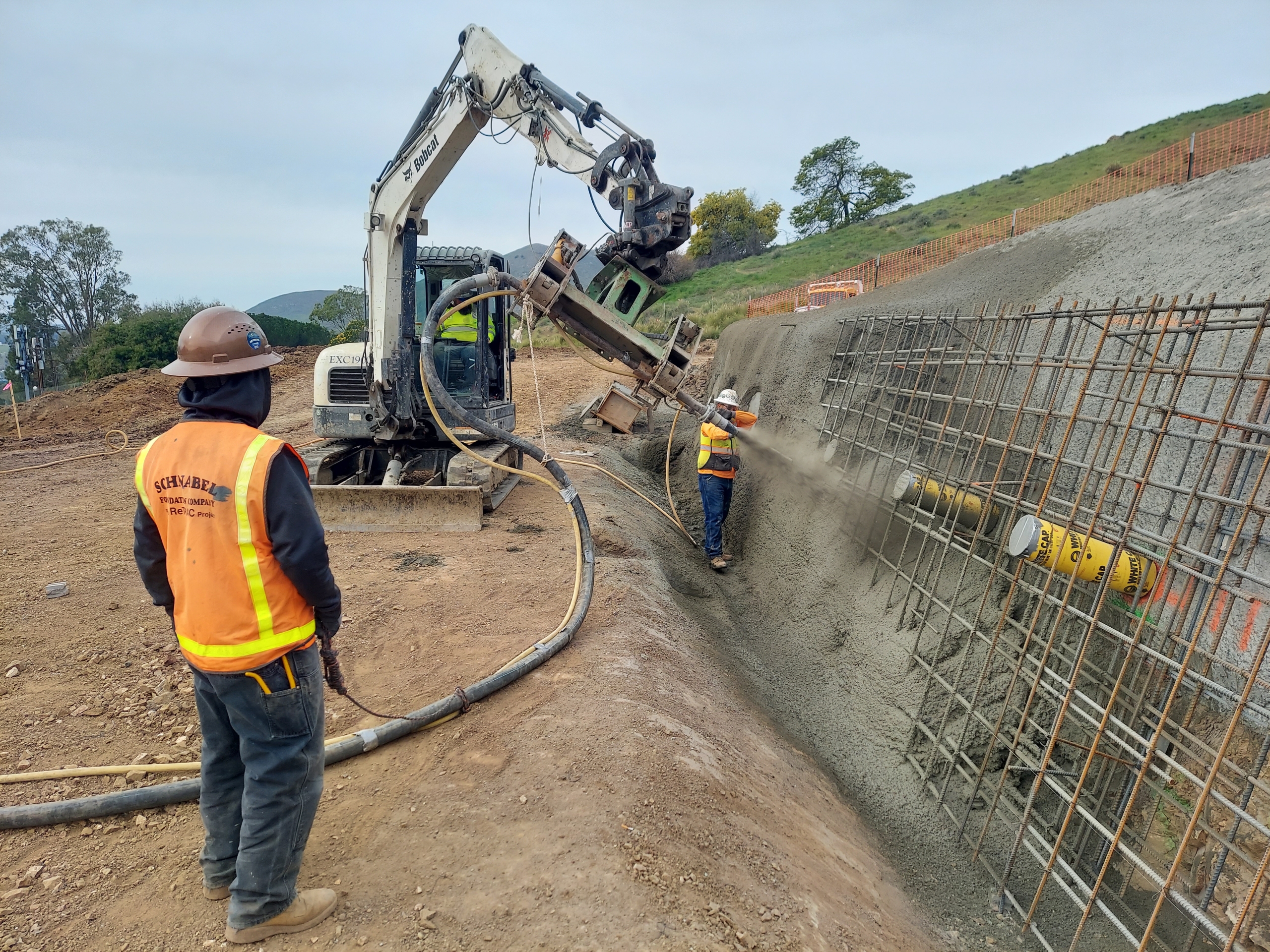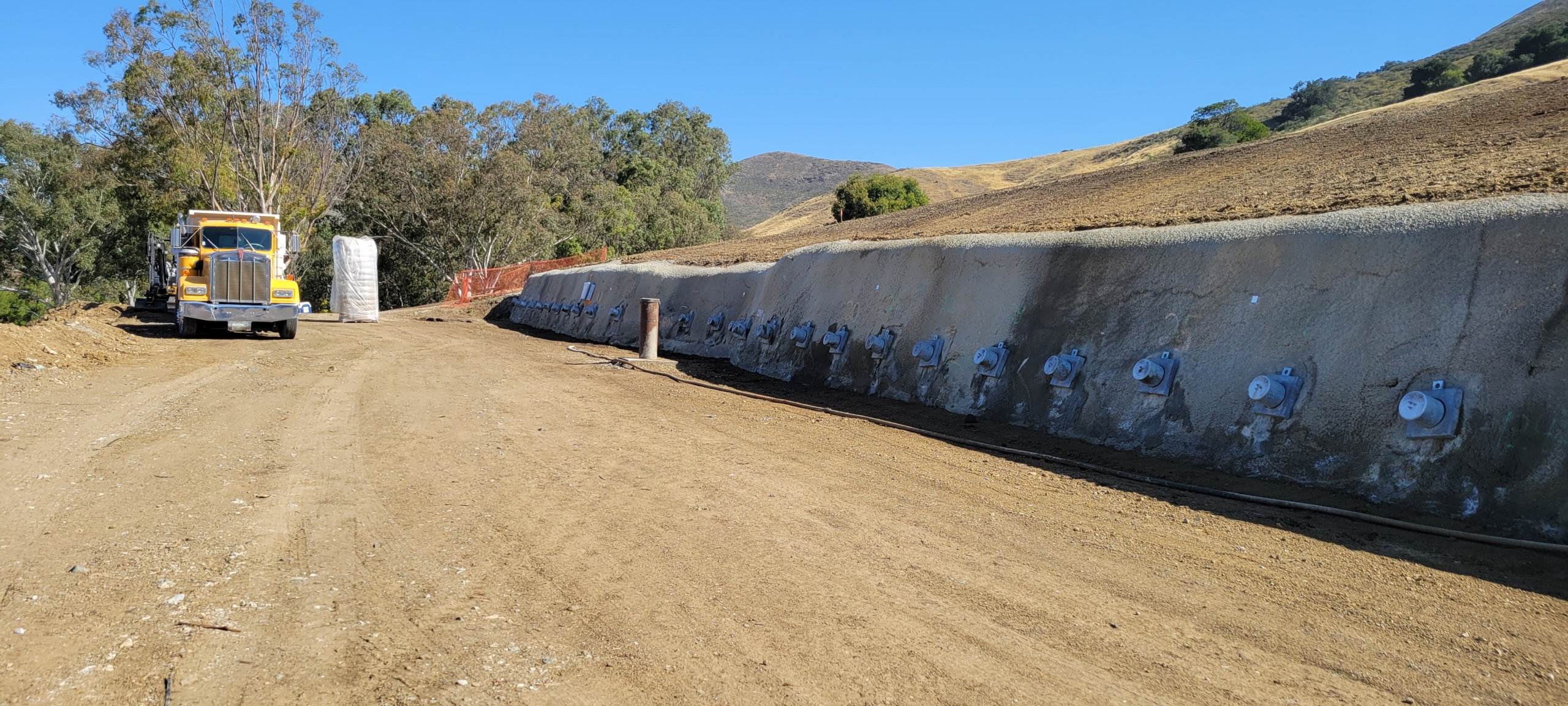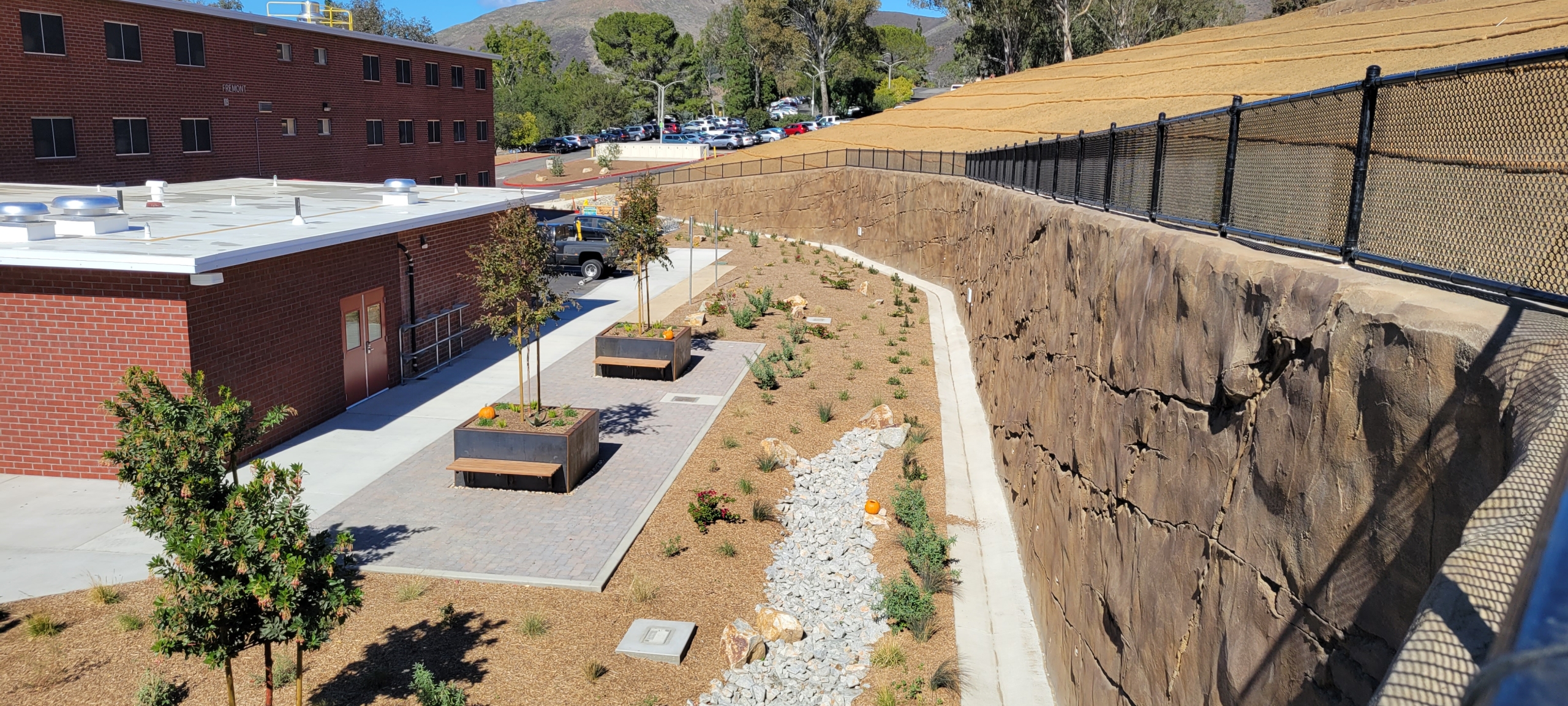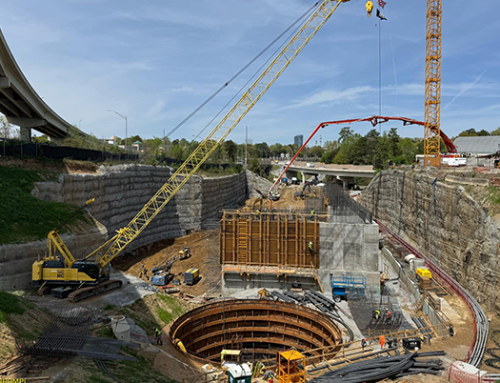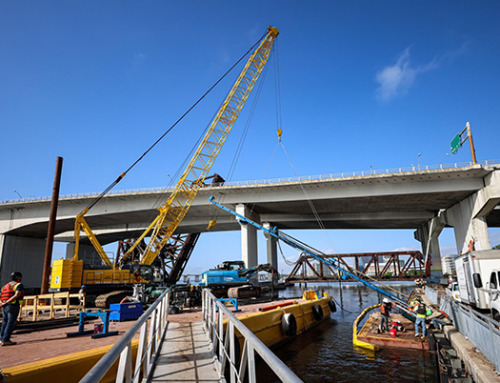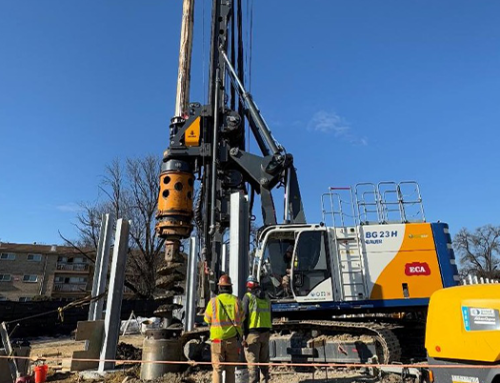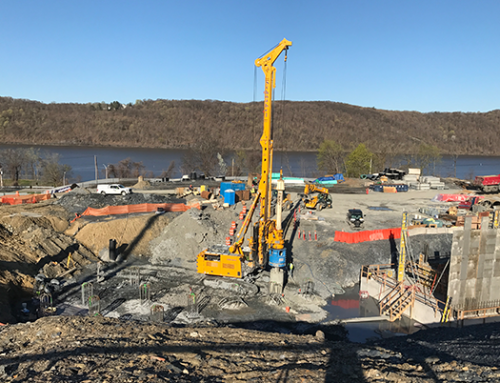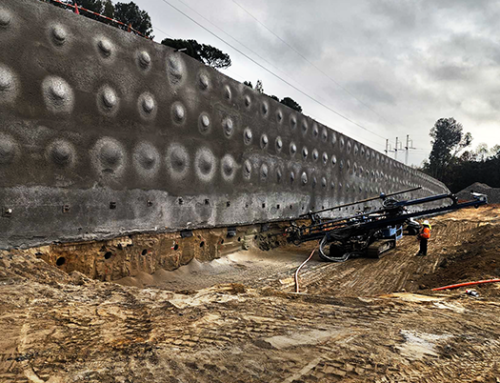Cal Poly SLO Landslide Repair | California
City: San Luis Obispo
State: California
Owner: Cal Poly University
Geotechnical Engineer: Yeh and Associates, Inc.
Cal-Poly Landslide Stabilization Project Summary
In 2017, California was hit by unusually high seasonal rains propagating landslides up and down the state. One of the most notable landslides that year was the mud creek landslide that buried a quarter-mile of the pacific coast highway. Although it wasn’t as big, another landslide occurred in 2017 on the Cal Poly San Luis Obispo Campus. The slide ran into the Fremont Dorm on Campus in February of 2017 causing an immediate evacuation of the dorm in the middle of the school year. The dorm has not been occupied since. After the evacuation of the dorm, the slide was temporarily stabilized to keep slide debris away from the building while they attempted to find a permanent solution. The university elected to contract with a Designbuild contractor to stabilize the slide. This work entailed both characterizing the size and scope of the landslide remediation as well as designing and building the earth retention system for the slide.
DESIGN PHASE
For the design phase of the project, Schnabel partnered with Yeh and Associates to characterize the slide and with Cannon Engineering to design the grading and drainage improvements for the remediation. Schnabel designed the earth retention system and served as the general contractor for the project. As part of the slide characterization, Yeh and Associates drilled additional borings and inclinometers to monitor the slide and characterize the subsurface conditions. Continual monitoring of the slide was vital so that the slide’s behavior could be measured throughout design, construction and beyond. A quality characterization of the subsurface is required to be able to accurately identify the slide boundaries and determine appropriate anchor loads and lengths for the geostructural design. The geostructural design consists of a series of waler galleries that span the landslide with a soldier pile wall at the toe of the slide. The wales were sized according to the bearing capacity of the soil while the anchors were designed to gain capacity in the bedrock below the slide boundary with tieback loads up to 314 kips. The design resulted in over 29,000 LF of tiebacks and 1300 LF of wales.
CONSTRUCTION PHASE
The construction phase of the project began in August of 2021 and was completed in May of 2022. Schnabel self-performed all the gallery wale construction and tieback drilling work. The grading contractor on the job was Raminha who was responsible for grading the gallery benches and wall slopes. The gallery wales are at a 20-30 degree back slope and range from 8 to 10 feet in height requiring temporary shoring to be installed. To ease construction and save time, fiber-reinforced shotcrete was used in lieu of wire mesh as reinforcement for the temporary soil nail facing. Once the temporary shoring was installed, the wales were tied and shot with tieback block-outs to be drilled.
TIEBACK DRILLING
The tieback drilling was performed using an under-reaming bit system with 178 mm casing. The casing is drilled to rock through the overburden landslide material and the rock is then drilled for the bond length of the tiebacks. The tiebacks range in total length from 80 feet to 124 feet with unbonded lengths ranging from 40 to 84 feet. The tiebacks are on nominally 5-foot centers which required that the drilling setup and alignment be performed with great care to not hit previously installed tiebacks.
MONITORING PROGRAM
As part of the monitoring program for the landslide, instrumented tieback anchors are being used to measure the load in a select number of tiebacks. The majority of the sensors are in the unbonded zone of the tiebacks to measure total load in the tieback; however, some are in the bond zone of the tiebacks which helps determine an actual adhesion value of the tiebacks based upon how much load is shed with increased drill bond depth. The sensor anchors will be monitored for 5 years after the project completion date to observe how the load in the slide changes over time.
